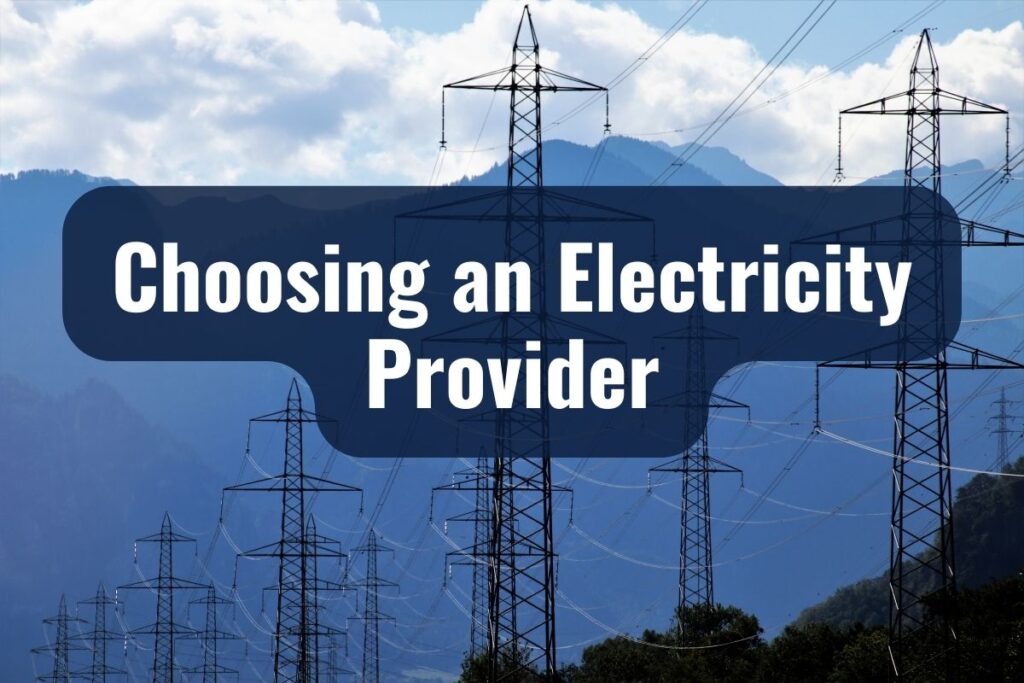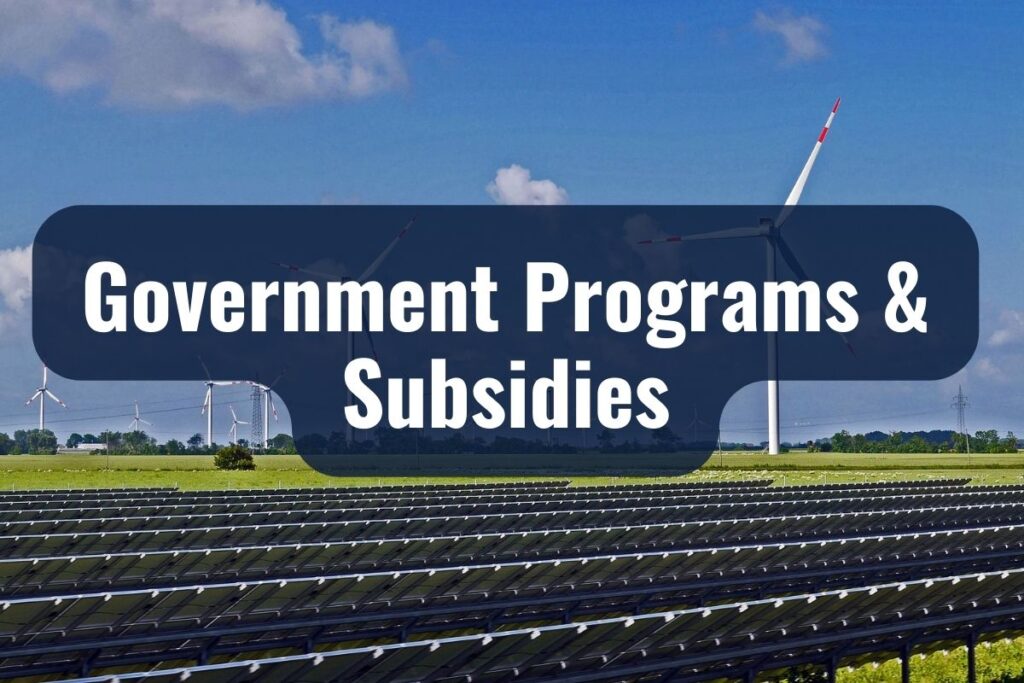Located in the northernmost part of Europe, Norway’s geographical position presents challenges and opportunities regarding energy consumption. Given that Norway is one of the top producers of renewable energy in Europe, primarily through its vast hydroelectric plants, the dynamics of its electricity market are unlike many others.
Whether you’re setting up your first Norwegian home, studying in one of its prestigious universities, or simply exploring for an extended period, this guide aims to shed light on all your queries about electricity prices in Norway clearly and informally.
Key Takeaways
- Norway’s electricity landscape blends traditional and renewable energy sources, offering unique challenges and opportunities.
- Understanding the billing system is crucial for effective management of electricity expenses.
- Production costs, taxes, and transmission fees influence average electricity prices in Norway.
- Practical tips, like using energy-efficient appliances and reducing peak hour consumption, can lead to significant savings.
- The Norwegian government offers various programs and subsidies to support sustainable energy practices and reduce costs.
- Familiarity with key terminologies simplifies understanding and decision-making related to electricity.
Background: Electricity Prices in Norway
Norway’s unique geography has endowed the country with an abundance of natural resources particularly suited for sustainable energy production.
Hydroelectric Power: Norway’s Backbone
A majority of Norway’s electricity generation comes from hydroelectric power. In fact, about 95% of all electricity produced in the country is derived from its numerous rivers and waterfalls. This reliance on hydroelectricity began in the early 20th century and has since made Norway one of the world’s top producers of this clean, renewable energy source.
Geographical Impact on Energy Consumption
The nation’s position above the Arctic Circle also significantly influences its energy demands. The winters are long, dark, and cold, which naturally leads to higher electricity consumption for heating and lighting. On the other hand, the summer months, characterized by the mesmerizing phenomenon of the midnight sun, have a completely different consumption pattern.
Global Position in the Energy Sector
Beyond its borders, Norway is a significant player in the European energy sector. Thanks to interconnectors with neighboring countries, Norway can export surplus electricity during wet years and import during dry ones. This interplay often directly impacts electricity prices, making it essential to consider the broader European market when examining the Norwegian electricity landscape.
Transition Towards a Greener Future
Lastly, Norway’s commitment to sustainability is commendable. The government has proactively supported and invested in green technologies, aiming for a near-total transition to clean energy by 2030. While ensuring a better future for all, this ambitious goal can also bring about fluctuations in the energy market, a key point to note for those keen on understanding and forecasting potential price shifts.
Related: New to Norway: Embracing Life in Norway
Understanding the Billing System

Navigating a foreign billing system can sometimes feel like deciphering a cryptic puzzle. However, with clarity and the right information, you can easily understand the components of your electricity bill in Norway.
Components of an Electricity Bill
Energy Cost (kWh price)
This represents the core of your bill, the actual cost of the electricity you’ve consumed. It’s often denoted as a price per kilowatt-hour (kWh) and is subject to fluctuation based on market demand, supply, and other influencing factors.
Grid Rent
Consider this as the fee you pay for using the national electrical infrastructure. No matter where you’re located in Norway, electricity must be transported via power lines from the plant to your home. The grid rent covers this vast network’s maintenance, construction, and operation.
Taxes and Surcharges
These are government-imposed fees, which can be a significant portion of your bill. They include:
- Electricity Tax: A tax levied per kWh of consumption.
- Value Added Tax (VAT): This is added to both the energy cost and the electricity tax. Currently, the rate stands at 25%.
- Enova Fee: A small fee added to fund national initiatives towards energy efficiency and renewable energy development.
Fixed vs. Variable Rates
Understanding the distinction between these rates is vital to manage and anticipate your bills effectively.
Fixed Rate
This is a predetermined rate you agree upon with your supplier, ensuring that you’ll pay the same price for electricity over the contract period, irrespective of market fluctuations. Ideal for those who prefer predictability in their expenses.
Variable Rate
This rate fluctuates based on market conditions. While it might offer lower prices during periods of surplus, it can rise during times of high demand or reduced supply. For those willing to take some risk for potential savings, this might be a fitting choice.
Average Prices
When settling into life in a new country, one of the keys to budgeting effectively is to understand the average costs of essential services. Here are the average prices of electricity in Norway:
Historical Context
Over the past few years, Norway’s electricity prices have seen both highs and lows, primarily influenced by:
Rainfall Patterns
Given that hydroelectric power dominates Norway’s energy scene, the amount of rainfall the country receives directly impacts electricity production. Abundant rainfall usually corresponds to higher production and potentially lower prices, while dry periods can result in higher prices due to decreased production.
Global Market Prices
Norway isn’t isolated from the global energy market. With its interconnections with neighboring countries, global energy demand and supply shifts often reverberate in the Norwegian electricity market.
Infrastructure Investments
As Norway continuously upgrades and expands its energy infrastructure, the costs associated sometimes translate to temporary spikes in electricity prices.
Current Benchmarks
The average electricity price (including taxes but excluding grid rent) range between 0.50 to 1.00 Norwegian Krone (NOK) per kWh. However, it’s essential to check updated sources or utility websites, as these figures can fluctuate based on the factors mentioned above.
Regional Differences
While we’ve discussed average prices, it’s also worth noting that electricity prices can slightly vary from one region of Norway to another. This can be attributed to differences in local production, consumption patterns, and grid costs. Major cities like Oslo and Bergen may have different average prices compared to more remote areas.
Choosing an Electricity Provider

The freedom to pick and switch providers is one of the advantages of Norway’s deregulated electricity market. Here’s a guide to help you navigate this decision.
Overview of the Deregulated Market
Since the late 1990s, Norway has opened its electricity market to competition, meaning consumers can freely choose their provider. This deregulation is intended to encourage competition among providers, fostering innovation and better prices for consumers.
Steps to Choose the Right Provider
1. Define Your Priorities
- Are you looking for the lowest possible prices?
- Do you prioritize green energy sources?
- Is a stable, fixed-rate more appealing to you, or are you willing to go with variable rates?
2. Research and Compare
- Numerous platforms and websites provide comparisons of electricity providers in Norway. While many are in Norwegian, some platforms are available in English or offer translation options.
- Look for providers’ customer ratings, the sources of their electricity, and any added benefits or offers.
3. Understand the Contract
- Before signing any contract, ensure you understand its terms.
- Look out for the contract’s duration, any exit or switching fees, and the specifics of the rate being offered (fixed vs. variable).
4. Stay Updated
- Given the dynamic nature of the electricity market, it’s beneficial to revisit your provider choice periodically. Market shifts or changes in personal consumption patterns may mean another provider becomes more suitable.
Making the Switch
If you’re already with a provider but find another one that’s more appealing, switching is usually straightforward. Most providers handle the process for you but always check if there are any penalties or notice periods with your current contract.
Tips for Reducing Electricity Costs
Reducing electricity costs doesn’t merely mean using less; it’s about using it smartly. Here are some practical tips to help you save money on your next bill:
Energy-Efficient Appliances
- Upgrade Where Necessary: Older appliances, particularly large ones like refrigerators, washing machines, and dryers, often consume much more energy than newer models. Consider investing in energy-efficient appliances. They might have a higher upfront cost, but the savings in the long run can be substantial.
- Look for the Energy Label: In Norway, as in many European countries, appliances come with an energy label ranging from A+++ (most efficient) to D (least efficient). Prioritize those with higher efficiency ratings.
Off-Peak Consumption
Some electricity contracts offer reduced prices during off-peak hours, often during the night. Utilize these hours for energy-intensive tasks like washing or charging electric vehicles.
Insulate Your Home
Given Norway’s cold climate, a significant portion of electricity costs can come from heating. Proper insulation can significantly reduce these costs. Ensure your windows, doors, and walls are adequately insulated. If you’re renting, speak with your landlord about potential insulation upgrades.
Use Natural Light
During summer months, maximize the use of the long daylight hours. Keep blinds open and rearrange your space to take advantage of natural light, reducing the need for artificial lighting.
Smart Thermostats
These devices allow you to program and adjust your home’s heating system remotely. By ensuring you’re only heating your space when necessary, you can cut down on costs.
Unplug Idle Devices
Many devices consume energy even when they’re not actively being used. Make it a habit to unplug devices or use power strips to turn off multiple devices at once.
Consider Renewable Energy Sources
If you have the means and space, consider investing in solar panels or other renewable energy sources. While the initial investment might be substantial, it can result in significant savings over time.
Regular Maintenance
Ensure your heating systems, water heaters, and other large appliances are regularly serviced. Efficient functioning can lead to reduced energy consumption.
Related: Electronic Stores in Norway: The Top 6 Online Stores
Government Programs & Subsidies

Norway’s commitment to sustainability and clean energy is not just evident in its energy production; it extends to its policies and programs designed to help residents, including expats and long-term tourists, manage their electricity costs and contribute to a greener future. Here’s an overview of the government programs and subsidies that you might find beneficial.
Enova SF
Enova is a state enterprise under the Norwegian Ministry of Climate and Environment. Its primary goal is to promote environmentally friendly production and consumption of energy.
Enova offers financial support and advice for various energy-saving measures, from upgrading insulation in homes to implementing renewable energy solutions. Both households and businesses can tap into these resources to reduce energy costs and consumption.
Energy Labeling
As part of its commitment to the European Union’s energy regulations, Norway has implemented a system of energy labeling for appliances.
This system makes it easy for consumers to identify and prioritize energy-efficient products, indirectly saving on electricity bills in the long run.
The Low Emission Fund
This fund is dedicated to reducing greenhouse gas emissions, with a focus on the transport sector.
If you’re considering purchasing an electric vehicle (EV) or installing charging infrastructure, you might find financial support or tax incentives through this program.
Local Municipal Programs
Apart from national initiatives, many municipalities in Norway have local programs and subsidies designed to promote green initiatives.
Depending on where you’re residing, you might find additional support for home energy efficiency improvements, renewable energy installations, or even incentives for using public transport.
Research and Development Grants
Norway places significant emphasis on innovative solutions to energy and environmental challenges. Several government grants support research and development in these areas.
If you’re involved in academia or a startup focused on energy solutions, you might tap into these grants to further your research or business endeavors.
VAT Reduction on Repair Services
Norway has introduced a reduced VAT rate for repair services, including appliances, to promote a circular economy and reduce waste.
This incentive makes it more affordable to repair rather than replace, extending the lifespan of products and saving both money and energy in the long run.
Important Terminologies Explained
Understanding the ins and outs of electricity in Norway is much simpler when familiar with the terminologies commonly used in the sector. Let’s demystify these terms to make your experience smoother.
1. kWh (Kilowatt-hour)
A unit of energy equivalent to one kilowatt (1 kW) of power expended for one hour of time. It’s the most common unit for billing electricity consumption.
If you have a heater that consumes 1000 watts (1 kW) and you run it for an hour, you’ve used 1 kWh of electricity.
2. NVE (Norges vassdrags- og energidirektorat)
The Norwegian Water Resources and Energy Directorate. It’s a national regulatory body for water and energy resources in Norway.
NVE plays a key role in setting regulations, guidelines, and monitoring the energy market.
3. Spot Price (Spotpris)
The current market price at which electricity is bought or sold for immediate delivery.
Spot prices can vary based on demand and supply, and some contracts allow consumers to pay based on the spot price.
4. Grid Rent (Nettleie)
The fee you pay for using the national electrical infrastructure. It covers costs associated with transporting electricity from producers to end-users.
This is typically a significant component of your electricity bill, separate from the energy cost.
5. El-sertifikater (Electricity Certificates)
A market-based support system for renewable energy. Producers receive certificates for their renewable energy output, and electricity suppliers are required to buy a certain number of these.
This system aims to promote renewable energy production and may influence energy prices.
6. Strømavtale (Electricity Agreement)
The contract you have with your electricity provider.
Different providers offer various “strømavtaler”, which can be fixed rate, variable rate, or other types of contracts.
7. Forbruksavgift (Electricity Tax)
A tax imposed on electricity consumption.
This tax is a component of your electricity bill, levied per kWh of consumption.
8. AMS (Avanserte Måle- og Styringssystemer)
Advanced Measuring and Control Systems. These are smart meters installed in households to provide real-time consumption data.
AMS allows for more accurate billing and gives consumers insights into their consumption patterns.
Additional Resources
- NVE: Offers comprehensive details on regulations, current research, and energy data.
- Enova: Offers information on subsidies, advice on energy-saving measures, and details about various environmental initiatives.
- Forbrukerrådet: Offers guidelines, rights, and advice related to electricity contracts and general consumer rights in Norway.
- Elbilforening: Offers resources for electric vehicle owners, including information on charging, subsidies, and infrastructure.


